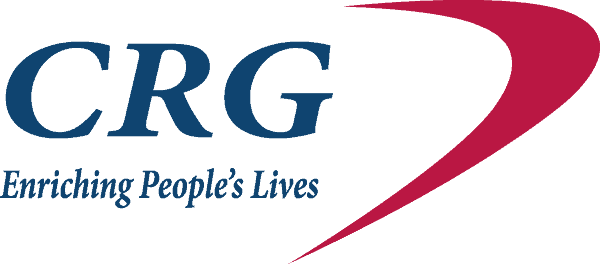Once a problem is clearly defined and ownership is established, the next move is forward. That means translating the challenge into a desired future state—and then taking steps to get there. In this article, we explore Skill 29: Goal-Setting and Skill 30: Goal Ownership, helping leaders guide others through the transformation from “what is” to “what could be.”
These two skills are especially vital in coaching and supervisory roles, where development, growth, and performance improvement are ongoing expectations.
Skill 29: Goal-Setting
Definition: Identify specific, realistic, and motivating outcomes with timelines that support the organization’s and your mission, vision, and values.
Transformational leaders know that generic intentions (“I want to improve”) rarely lead to change. Instead, meaningful progress comes from PACT – Purpose, Actionable, Continuous, Trackable goals that align with an individual’s values and the organization’s broader purpose.
In a coaching or supervisory context, goal-setting isn’t just about task completion—it’s about defining success in a way that’s motivating and directional.
Why It Matters
Without clear goals, individuals lack focus, accountability, and direction. Setting effective goals:
- Boosts motivation
- Creates a sense of purpose
- Provides a roadmap for success
- Encourages alignment between individual development and organizational strategy
How to Implement
- Start with “why”: Help individuals understand the purpose behind each goal and how it aligns with their values and role.
- Use PACT criteria: Guide the individual in setting Purposeful, Actionable, Continuous and Trackable goals.
- Break large goals into steps: Create short-term objectives that build confidence and momentum.
- Tie goals to the bigger picture: Ensure the goals support both personal development and the organization’s mission and values.
Practice Exercise
Goal Design Template:
Have the participant complete the following:
- Goal Statement: What do I want to achieve?
- Why is this important to me?
- How will I know I’ve achieved it? (Measures)
- What resources/support do I need?
- Timeline or milestones:
- Alignment check: How does this goal align with our mission/vision/values?
Skill 30: Goal Ownership
Definition: Able to assume responsibility for taking action and achieving objectives, and capable of helping others do the same.
Once goals are defined, transformational leaders ensure that individuals own them—not just in words, but in follow-through. Ownership is the bridge between ideas and outcomes. It requires personal accountability, self-leadership, and often, the courage to navigate obstacles without waiting for permission.
In coaching, this means moving from “we talked about this” to “you committed to this.”
Why It Matters
Great goals with no follow-through are worse than no goals at all—they foster disappointment and distrust. When individuals own their goals:
- They take initiative and act without constant prompting
- They’re more resilient when obstacles appear
- They’re invested in the outcome, not just compliant with expectations
How to Implement
- Set clear commitments: Document who will do what by when. Be specific.
- Use accountability checkpoints: Regular check-ins keep goals visible and progress measurable.
- Celebrate progress and reflect on setbacks: Ownership means learning from both.
- Challenge excuses gently: Reframe obstacles as learning opportunities and invite reflection.
- Ask commitment questions: “On a scale of 1–10, how committed are you to this goal?” Follow up with, “What would move that number closer to a 10?”
Practice Exercise
Commitment Contract:
After setting the goal, ask the coachee or employee to write a brief commitment statement including:
- The goal
- Why they own it
- What they will do to stay accountable
Have them share this with their coach or supervisor and revisit it regularly.
Moving from Planning to Progress
Goal-Setting defines the path. Goal Ownership ensures that someone is walking it. Together, these skills are the heartbeat of effective coaching and leadership—translating insight into inspired action.
As a transformational leader, your ability to help others set meaningful goals and follow through on them is one of your greatest contributions to individual and organizational growth.
Next, we’ll explore Skill 31: Action Planning and Skill 32: Implementing Action Plans—the hands-on mechanics of moving goals into day-to-day activity.
Until next time, Keep Living On Purpose!
PS. Stay tuned to your opportunity to pre-register for the Online Transformational Leadership Course. That link will be available soon. To bench your (or others) leadership skills, access our Leadership Skills Inventory-Self or LSI-360′.

